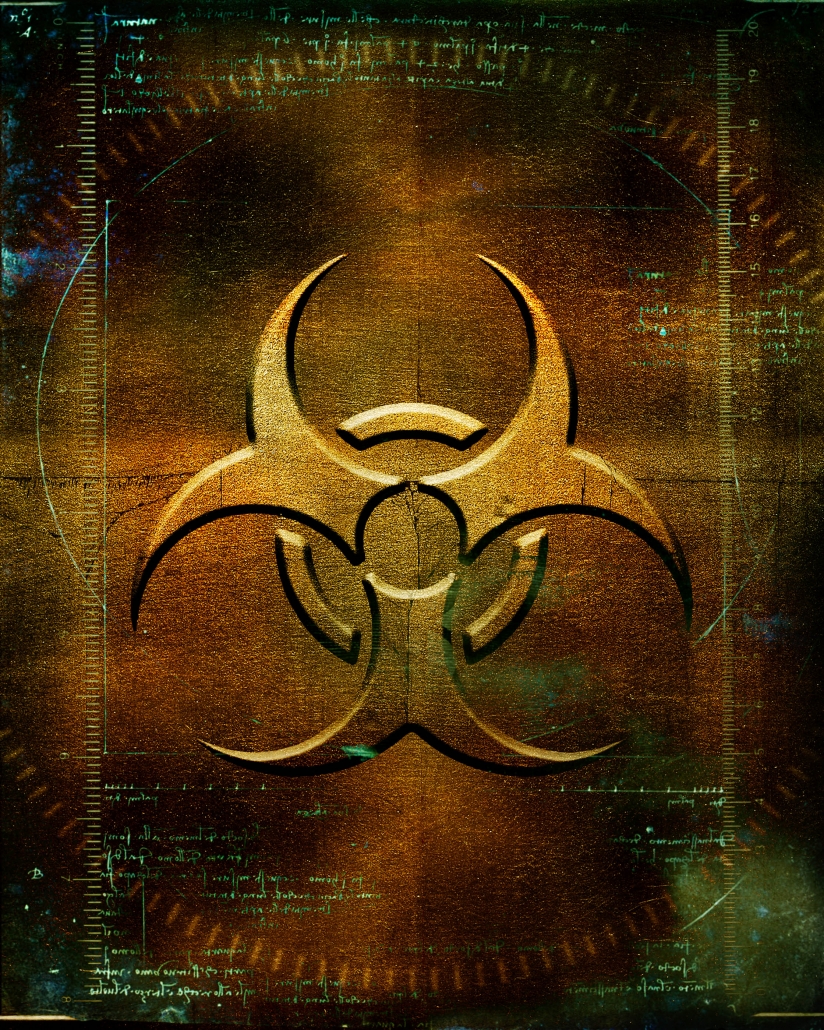September 19, 2018 -- One important trend in the analytical instrumentation industry is the continued migration of laboratory technologies into non-laboratory settings. As instruments become more robust, easier to use and smaller, they have escaped the lab into the field in many different applications from environmental testing to point-of-care diagnostics. One critical use for instruments in the field is for security applications, protecting everyone from accidental and intentional threats to human health and public safety.

The security industry broadly classifies potential threats into different categories: chemical, biological, radiological, nuclear, and explosive, often referred to collectively as CBRNE. All of these types of threat are amenable to detection and identification by analytical instrumentation, and there is significant demand for these tools.
The primary types of threats are chemical, biological, radiological and nuclear) (often referred to as CBRN or CBRNE). Chemical threats and explosives can be detected by a wide variety of products, ranging from simple test kits that change color when in the presence of explosives or chemical weapons, to stand-off detection platforms that can use infrared (FTIR) spectroscopy to remotely identify hazards in gaseous clouds on the battlefield or emissions from industrial facilities. Given their need in the field, many instruments have been miniaturized into a portable or handheld format. These can involve a wide range of specific technologies: chemical sensors, flame ionization and photoionization detection (FID/PID), ion mobility spectroscopy (IMS), Raman spectroscopy, electrochemistry, and more. Because of the complementary nature of these techniques, some instruments can support multiple detection modes. While many instruments are devoted to chemical weapons and explosives, there is also demand for broader use by first responders to identify not only these threats, but drugs of abuse and other forensic samples.

There is quite a technological challenge for suppliers of instruments to detect biological threats, as useful information requires testing to be both certain and rapid, often when there is little sample to work with. The most common instrumentation for biothreats is based on polymerase chain reaction (PCR), a molecular biological technique to amplify DNA samples for comparison to reference samples of pathogens. Other instruments rely on other biochemical techniques, including immunological assays (e.g. ELISA), or biosensors. More complex systems are practically automated mini-laboratories that are fixed in place, continuously sampling aerosol particles in the ambient air and performing biological tests to detect and identify potential biological threats.
Finally, instrumentation that can detect and analyze radiation is used for the detection of radiological and nuclear threats. While some instruments merely detect the presence and activity of radioactive materials, others can discriminate particular isotopes and judge whether the radiation is caused by the presence of weapons-grade nuclear material or the naturally present radioactive potassium in a shipment of bananas. In addition to strict security applications, there are also a broad class of products used by the nuclear power industry to not only safeguard nuclear materials, but also to provide worker safety.
A diverse set of companies participates in the analytical security market. Many, like Thermo Fisher Scientific and Bruker, are familiar names from the scientific instrumentation industry. Others are more focused on industrial safety and have crossed over into the security market; this would include major players like Mine Safety Appliances (MSA) and Mirion Technologies, which became a world leader in nuclear power safety and security instruments following its acquisition of Canberra Industries from AREVA in July 2016. Other vendors, like Smiths Detection, are quite specialized in the security and defense markets. Earlier this year, Smiths completed its acquisition of another significant security vendor, Morpho Detection. As part of this deal, certain product lines will be divested to a third such vendor, OSI Systems. Clearly, this market is an active one, not just for M&A activity, but also the emergence of innovative companies with disruptive technologies.
Copyright © 2018 scienceboard.net


